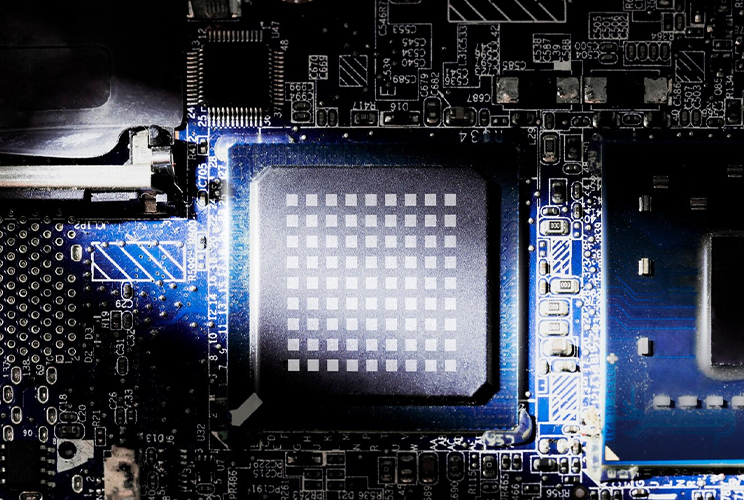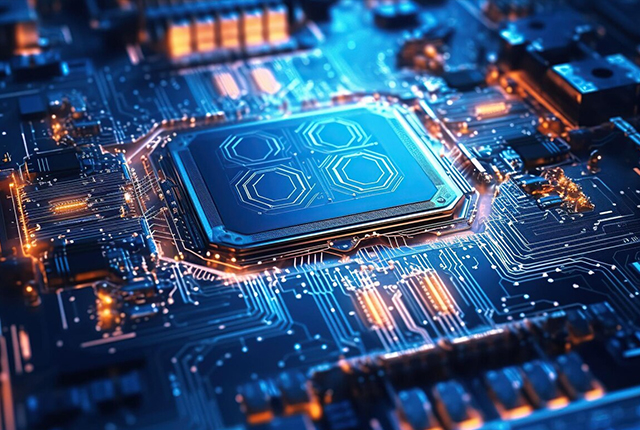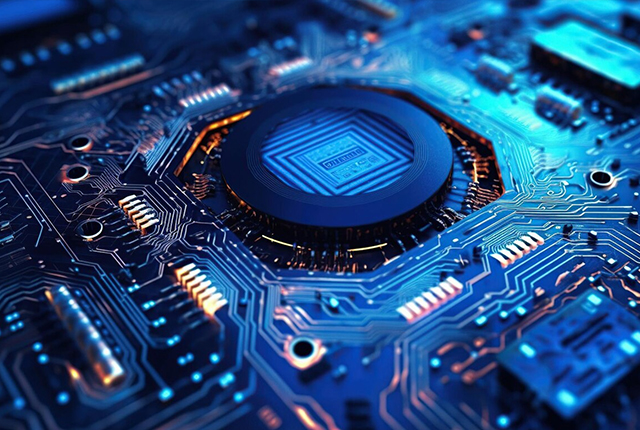
 2025-02-19
2025-02-19
 1
1
A ceramic PCB is a printed circuit board made from a ceramic substrate, typically aluminum oxide or alumina, distinguishing it from FR4 PCB that utilizes a fiberglass-reinforced epoxy material. Ceramic PCB provides notable advantages such as superior thermal conductivity (alumina: 24-28 W/mK vs. FR4: 0.3-0.4 W/mK), excellent mechanical strength (alumina: 300-400 MPa vs. FR4: 300-400 MPa), and a higher temperature tolerance (alumina: 1600 °C vs. FR4: 130-140 °C).


The ESP32 is a low-cost, low-power microcontroller widely used in the Internet of Things (IoT) and embedded systems. In this article will discuss the characteristics of various hardware modules of the ESP32. Digital GPIO pins allow you to switch between high level (3.3V) and low level (0V), providing the convenience of performing simple tasks such as illuminating LEDs, detecting the status of digital sensors (such as switches), and controlling relays. This makes them an ideal choice for handling everyday digital tasks. Need to connect a digital sensor and understand its functionality? These pins can easily handle that. Want to make an LED flash to your rhythm? Just connect it to a digital output pin.
 2025-02-19
2025-02-19
 1
1

When dealing with complex circuit boards, various components such as ICs, resistors, capacitors, connectors, etc., are often encountered. Although they all fall under the category of electronic components, different soldering techniques are required for assembly due to differences in pin density and packaging forms. With the strengthening trend of electronic miniaturization, the pin density of components becomes higher, and SMT soldering has become the most ideal SMT assembly.
 2025-02-19
2025-02-19
 1
1

A repeater is an electronic device that receives a signal and retransmits it at a higher power level or with greater gain, used to extend the range of communication systems such as radio, cellular, and Wi-Fi networks. Proper repeater PCB design is crucial for its performance and reliability, requiring the PCB to handle high power levels involved in signal retransmission while minimizing noise and interference in its design.
 2025-02-19
2025-02-19
 1
1

When closely examining a PCB bare board, you will notice various holes distributed across the board. Some of these holes are through holes, while others are not. There may even be holes hidden within the board. The design of these holes is done to meet specific requirements. In this article will explore one of these types – NPTH. We will provide a conceptual introduction and discuss its pros and cons to help you gain a better understanding for your designs.
 2025-02-19
2025-02-19
 1
1